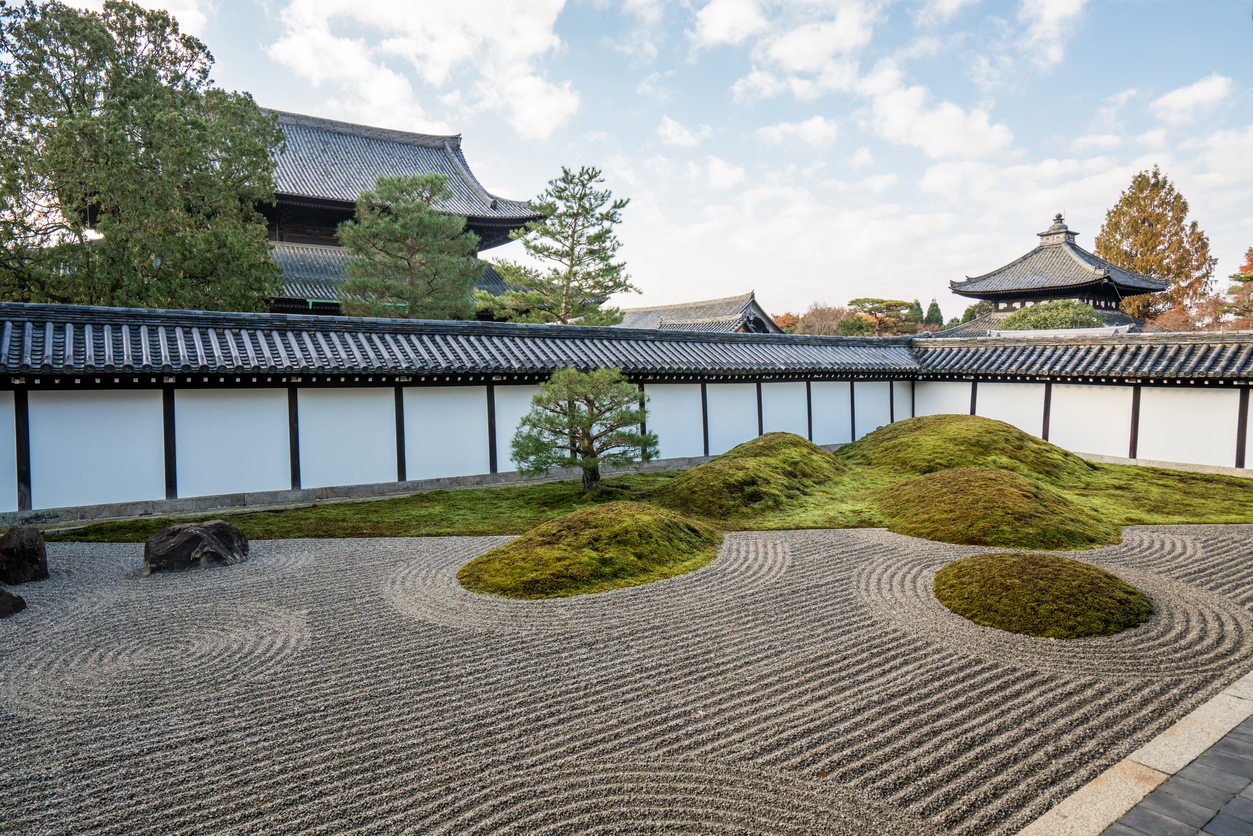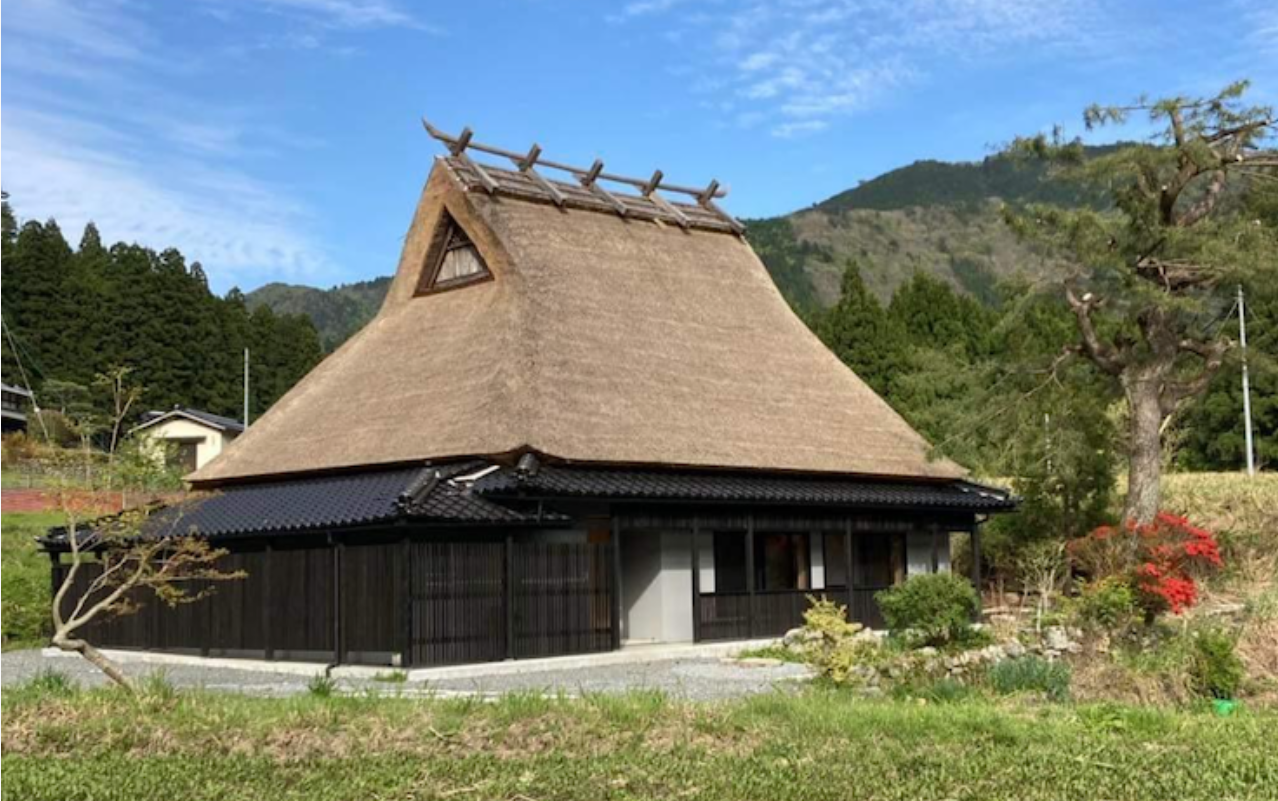If one were to succinctly express the aesthetic consciousness unique to Japanese culture, it would probably be 'wabi-sabi.' This memorable and easily spoken word is known to anyone interested in Japan or Japanese art. The beauty it represents can be seen in Japanese gardens with stone and moss, the tea ceremony and its utensils, or in historical art and crafts. It evokes images of a beauty that embodies simplicity with a sense of order and respect, as well as cleanliness and elegance within the old.
-

-
So, what exactly is 'Wabi-Sabi'?
-
Wabi-Sabi" is a uniquely Japanese aesthetic consciousness. "Wabi" refers to a mindset that finds charm in simplicity and modesty. On the other hand, "Sabi" refers to the beauty that emerges with the passage of time. As things in this world age, they may become dirty, chipped, or otherwise change, but rather than viewing this as deterioration, "Sabi" embraces and affirms the diverse beauty created by these changes. Unlike the Western aesthetic, which often values opulence, grandeur, and symmetry as beauty, the Japanese aesthetic symbolized by "Wabi-Sabi" values simplicity, tranquility, asymmetry, and the appreciation of empty space. This aesthetic consciousness of "Wabi-Sabi" has greatly influenced Japanese culture and values, including Zen, the tea ceremony, painting, gardens, and art and crafts."
-

-
How to Use 'Wabi-Sabi
-
Although 'Wabi' and 'Sabi' are words with subtly different nuances, in everyday conversation, it is common to refer to them collectively as 'Wabi-Sabi.' For example, one might say, 'There is more Wabi-Sabi in the sight of cherry blossoms scattering than in their full bloom,' or 'I felt a sense of Wabi-Sabi in the driftwood I picked up on the beach, so I displayed it as interior decor,' or 'I felt Wabi-Sabi in the way the town turned a reddish hue at dusk, with the scenery changing moment by moment.
-
Wabi-sabi with Japanese old house.
-
That ancient Japanese aesthetic consciousness known as wabi-sabi. There is a group of carpenters who, while cherishing Japanese values, are dedicated to renovating old, unused traditional houses (kominka) to preserve them for future generations.
-
The Sukiya Carpenter Group, Namazugumi.
-
The 'Namazugumi' carpentry group is dedicated to spreading Japanese tradition and wooden architecture around the world, with a strong focus on wooden structures. The handmade houses, crafted by skilled artisans who value the warmth of wood, are also attracting interest from wealthy individuals overseas.
-

-
One of the structures restored by the Namazugumi is a beautiful traditional thatched-roof house located in Miyama, Kyoto. About an hour's drive from Kyoto city, this historic home stands quietly in a village wrapped in serenity, just beyond Miyama, known as the 'Village of Thatched Roofs.'
-
We hope you will immerse yourself in Japanese culture while feeling the Japanese aesthetic of wabi-sabi in this place surrounded by nature and tranquility. What is important is not just words, but using your five senses and sensibility to truly experience this beautiful place and historical old house.
-
RENOVATED THATCHED-ROOF HOUSE FOR SALE IN THE KYOTO COUNTRYSIDE
https://resources.realestate.co.jp/buy/renovated-thatched-roof-house-for-sale-in-the-kyoto-countryside/
-
Written by Tsuyoshi Hikichi
At Azuki Corporation we provide advice to find the best property based on our client’s request. We are here for you, please do not hesitate to contact us with any questions.
For real estate advice please press HERE